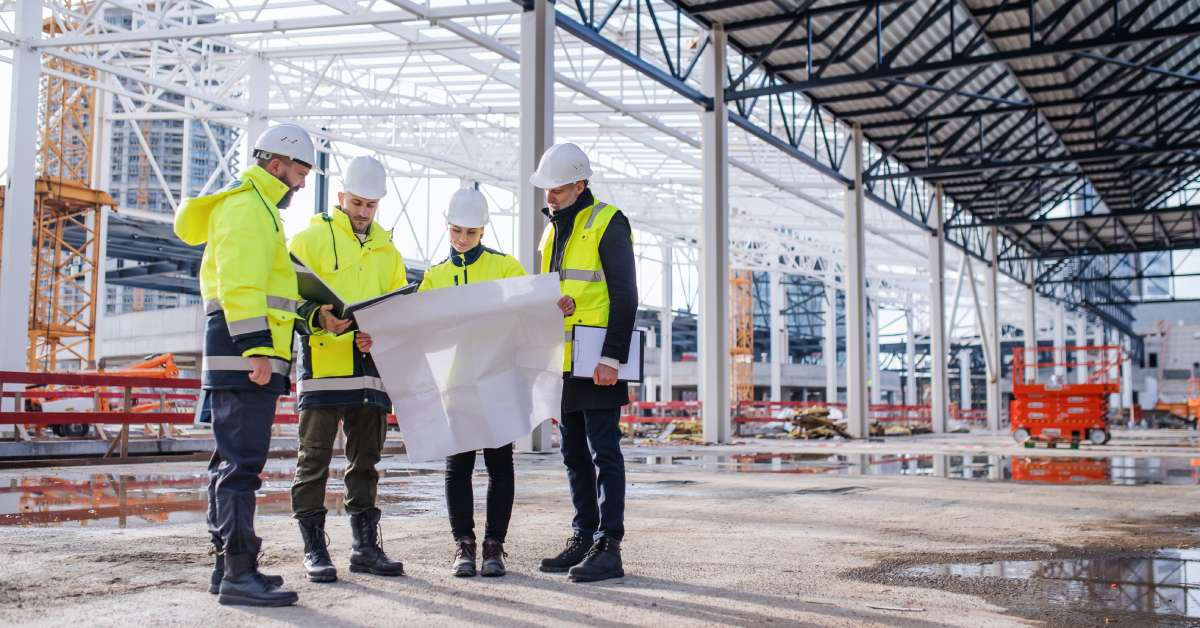Everything You Need To Know About How Air Lifting Bags Work

Have you ever wondered how rescue teams can lift heavy objects like vehicles during an emergency, or how construction professionals manage to move massive slabs of concrete with such precision? The answer lies in the fascinating world of air lifting bags. These ingenious devices have revolutionized various industries, making challenging tasks safer and more efficient. Here, we’ll explore everything you need to know about air lifting bags so that you can learn how to make the most out of this equipment today.
Importance of Air Lifting Bags
Air lifting bags have quickly found their way into civilian applications, particularly in emergency response and construction. Over the years, advancements in materials and engineering have made air lifting bags more reliable and versatile, solidifying their place as essential tools in various fields.
For emergency responders, air lifting bags are nothing short of lifesavers. When lives are at stake, the ability to quickly and safely lift heavy objects can mean the difference between rescue and tragedy.
In construction, these bags provide a level of control and precision that traditional lifting methods can't match. Whether it's raising a collapsed structure to rescue trapped victims or moving large equipment on a jobsite, air lifting bags offer unparalleled efficiency and safety.
How Air Lifting Bags Work
Understanding the science behind air lifting bags can help you appreciate their remarkable capabilities. These devices leverage basic principles of physics, such as air pressure and volume, to perform heavy lifting tasks with ease.
At the core of every air lifting bag is the simple yet powerful concept of air pressure. By inflating the bag with compressed air, you increase the internal pressure, causing the bag to expand and generate lift.
This process utilizes the relationship between pressure, volume, and force. Essentially, the greater the air pressure inside the bag, the more lifting force it can exert. This allows air lifting bags to raise heavy objects with minimal effort.
Principles of Buoyancy and Stability
Buoyancy and stability are crucial for the effective use of air lifting bags. Buoyancy refers to the bag's ability to float or lift an object when full of air. Stability, on the other hand, ensures that the lifted object remains balanced and secure throughout the operation.
Engineers design air lifting bags to optimize both buoyancy and stability, making them reliable tools for a variety of lifting tasks. By carefully managing air pressure and distribution, users can achieve precise and controlled lifts, even in challenging conditions.
Types of Air Lifting Bags
Air lifting bags come in various shapes and sizes, each designed for specific applications. Understanding the different types can help you choose the right bag for your needs. For example, at Rental Tools Online, our air lifting bags selection includes heavy-duty lifting bags in various sizes.
This versatility makes air lifting bags invaluable in fields such as emergency response and construction. Each type of bag meets specific requirements, ensuring optimal performance and safety.
You can choose heavy-duty bags in both medium-pressure and high-pressure styles. Although both are heavy duty, the high-pressure styles have a higher lift than the medium-pressure bags when handling the same load.
A key differentiating factor between medium-pressure and high-pressure bags is the price. This is primarily due to the materials manufacturers use. The high-pressure bags consist of materials that cost more than their medium-pressure counterparts.
Additionally, if you’re working with limited contact area, high-pressure bags are ideal. Medium-pressure bags are better for situations where you need more contact points.
Lifting capacity can also vary widely, with some bags capable of lifting just a few hundred pounds and others handling many tons. Selecting the right bag involves considering factors such as the weight of the object, the available space for deployment, and the level of precision required.
Applications Across Industries
The versatility of air lifting bags extends across numerous industries, each benefiting from their unique capabilities.
In emergency services, air lifting bags are indispensable tools. Firefighters and rescue teams use them to lift vehicles off trapped individuals or to stabilize structures during rescue operations.
In construction, these bags assist in lifting and positioning heavy materials, such as beams and concrete slabs, with pinpoint accuracy. Their ability to provide controlled lifts makes them ideal for delicate operations where traditional lifting methods might cause damage.
Safety and Efficiency Improvements
Learning everything you need to know about how air lifting bags work requires you to focus on the safety benefits they bring to worksites.
One of the primary advantages of air lifting bags is their ability to improve safety and efficiency. By providing a controlled and stable lift, these bags minimize the risk of accidents and injuries.
Their quick deployment and ease of use also save valuable time during critical operations. For emergency responders and construction professionals, this translates to safer work environments and more successful outcomes.
Considerations Before Use
While air lifting bags offer many benefits, you must consider a few key factors before using them.
Proper training is crucial for the safe and effective use of air lifting bags. Users must understand how to operate the bags, manage air pressure, and ensure the stability of lifted objects.
Adhering to established safety guidelines and protocols can help prevent accidents and ensure successful operations. Establish training programs to equip employees with the necessary skills and knowledge.
Maintenance and Inspection Requirements
Regular maintenance and inspection are vital to keep air lifting bags in optimal condition. This includes checking for signs of wear and tear, ensuring that the inflation equipment is functioning correctly, and inspecting the bags for leaks or damage.
Following the manufacturer's maintenance guidelines can extend the lifespan of the bags and ensure their reliability during critical operations.
Equip Yourself With Lifting Bags Today
Air lifting bags are remarkable tools that have transformed various industries, from emergency response to construction. Their ability to lift heavy objects with precision and safety makes them indispensable for professionals in these fields.
By understanding how lifting bags work, the different types available, and their numerous applications and benefits, you can make informed decisions about integrating air lifting bags into your operations. For those looking to explore further, consider seeking additional training or consulting experts to maximize the potential of these versatile devices.







